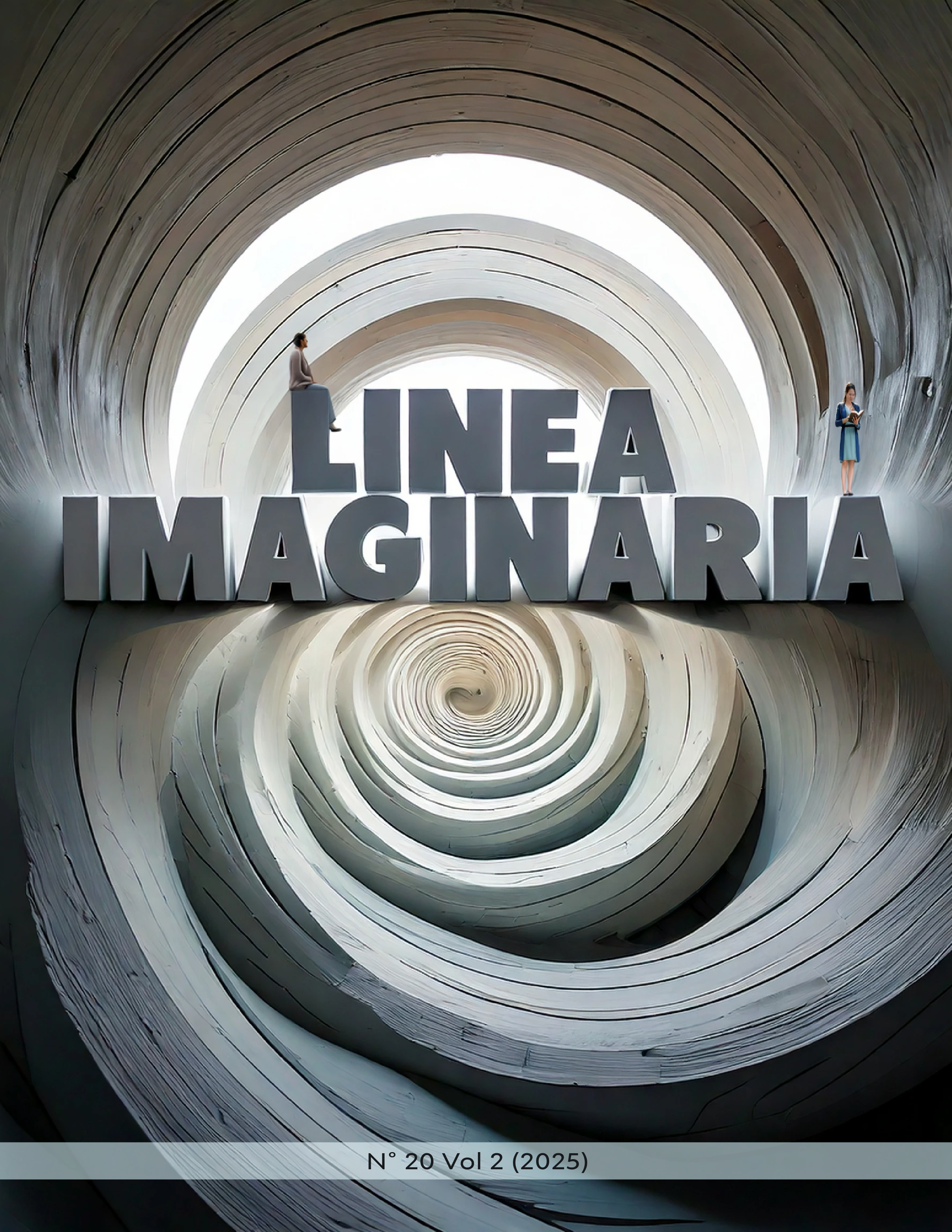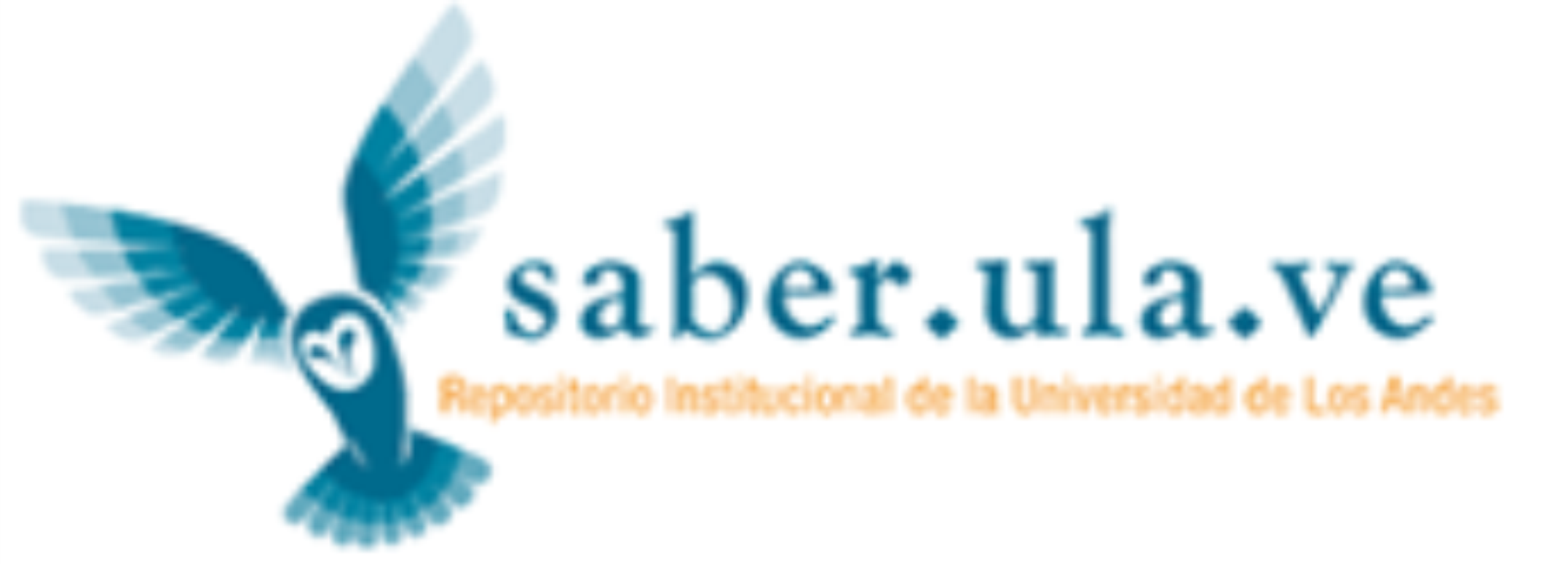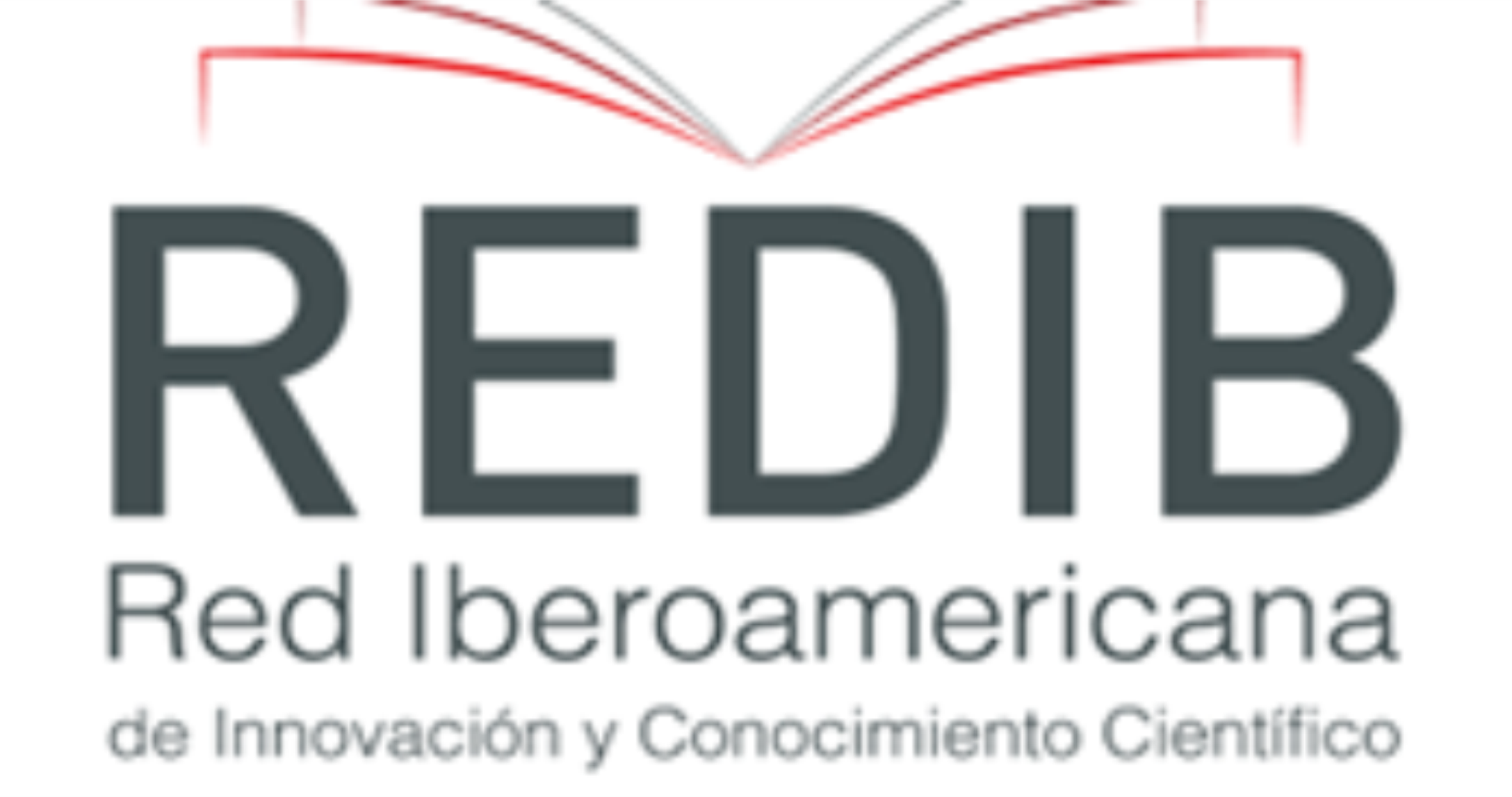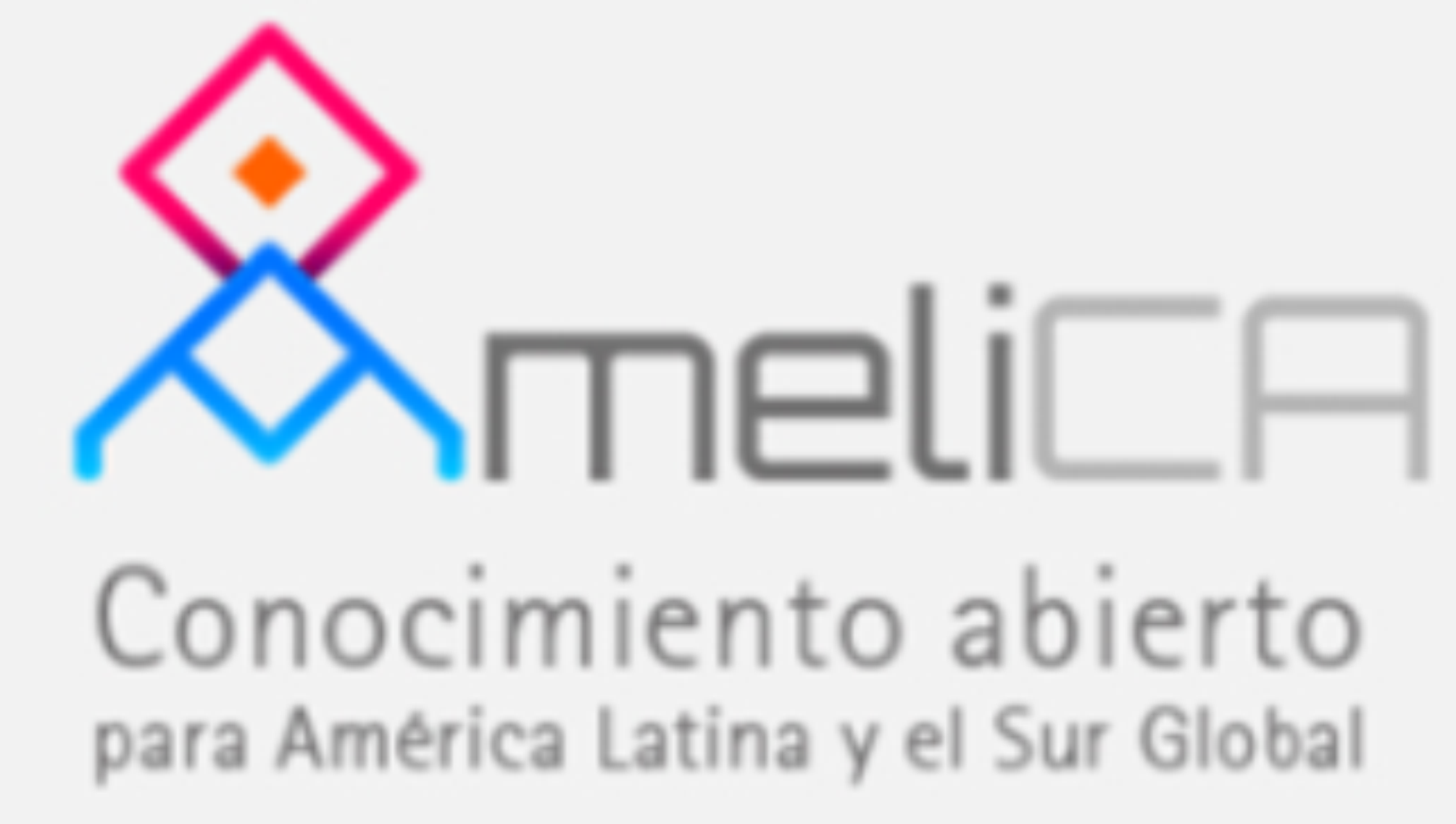DRAMATIC PLAY: AN ESSENTIAL TOOL FOR FOSTERING SELF-REGULATION IN CHILDHOOD AND EDUCATIONAL INCLUSION
DOI:
https://doi.org/10.56219/lneaimaginaria.v2i20.3731Keywords:
Self-regulation, Dramatic Play, Educational Inclusion, Sustainable Development Goals, Early Childhood EducationAbstract
Dramatic play stands as a fundamental tool in early childhood education, because it not only provides a space for creative expression, but also plays a peremptory role in the development of children's emotional, cognitive and social self-regulation, essential skills for their overall well-being and future success. The main objective of this article as an essay is to conduct an objective exploration of the incidence of dramatic play in children's self-regulation and its alignment with the Sustainable Development Goals (SDGs), particularly SDGs 4 and 10, which are related to inclusive and quality learning opportunities that help reduce educational gaps and promote equality in early education in Colombia. To achieve this purpose, an updated literature review was conducted, analyzing the results of relevant studies and the reflections of experts in early childhood education. This methodology allowed us to identify scientific evidence that supports the incorporation of dramatic play in transition classrooms. It is concluded that the use of dramatic play, enriched by effective adult interventions, can significantly enhance self-regulation skills in children aged 5 to 6 years. These skills include planning, organization, decision making, turn taking, and playful integration with peers. The literature provides evidence that dramatic play is a valuable tool for strengthening self-regulation processes and fostering comprehensive development during childhood. Through play experiences that mimic real-life contexts, children can practice remarkable skills in a structured and supported environment, promoting more inclusive and effective learning. This essay highlights the importance of using dramatic play in school to foster self-regulation in childhood, improving educational quality and reducing inequalities in early education.
Downloads
References
Acosta Esmeral, R., & Padilla Ospina, A. (2020). La autorregulación en la educación inicial: Estrategias y prácticas. [Trabajo de Maestría investigativa en educación]. Disponible en https://manglar.uninorte.edu.co/handle/10584/10010#page=1
Bisquerra Alzina, R. (2016). Educación emocional. Documento inédito elaborado para las I Jornadas del Máster en Resolución de Conflictos en el Aula. Recuperado de http://online.ucv.es/resolucion/files/Bisquerra-R.-2016.-Educaci%C3%B3nemocional.pdf
Bisquerra Alzina, R. y Pérez Escoda, N. (2012). Educación emocional: estrategias para su puesta en práctica. Avances en Supervisión Educativa, 16, 1-11.
Bodrova, E., & Leong, D. J. (2007). Tools of the mind: The Vygotskian approach to early childhood education (2nd ed.). Pearson. Disponible en https://www.researchgate.net/profile/Elena-Bodrova/publication/31663781_Tools _of_the_Mind_Vygotskian_approach_to_early_childhood_education_E_Bodrova_DJ_Leong/links/596bcaafa6fdcc18ea79267a/Tools-of-the-Mind-Vygotskian-approach-to-early-childhood-education-E-Bodrova-DJ-Leong.pdf
Bruner, J. S. (1972). The relevance of education. Norton.
Carrera, B., & Mazzarella, C. (2001). Vygotsky: enfoque sociocultural. Educere, 5(13), 41-44.
Domingo Martos, L. (2021). La inclusión educativa en España desde la voz del profesorado [Universidad Granada. Tesis Doctoral]. Disponible en https://digibug.ugr.es/flexpaper/handle/10481/70439/62862(1).pdf?sequence=4&isAllowed=y
Estrugo, M. y Moreira, K. (2020). Las relaciones entre juego dramático y autorregulación: Una revisión sistemática. Revista de Psicología. Vol. 16, Nº 32, pp. 79-103. Artículo con DOI: https://doi.org/10.46553/RPSI.16.32.2020.p79-103 DOI: https://doi.org/10.46553/RPSI.16.32.2020.p79-103
Garvey, C. (1990). Play. Harvard University Press.
Gómez Mayorga, C. (2014). Un aula abierta al mundo. Didáctica Inicial. Camus Ediciones, 4(1), 29–33.
González García, J. (2015). Dramatización y Educación Emocional, Revista CPU-e, 21, 98 119. DOI: https://doi.org/10.25009/cpue.v0i21.1723
Heckman, J. (2022). "La importancia del desarrollo en la primera infancia". University of Chicago. En La primera infancia importa para cada niño. Investing in the Foundation of Sustainable Development: Pathways to scale up for early childhood development. Disponible en https://www.unicef.org/peru/sites/ unicef.org. peru/files/2019-01/La_primera_infancia_importa_para_cada_nino_UNICEF.pdf
Fundación Éxito. (2024). Proyecto de Educación Inicial. Disponible en https://www.fundacionexito.org/atencion-la-ninez
Panadero, E. & Alonso-Tapia, J. (2014). Teorías de autorregulación educativa: una comparación y reflexión teórica. Psicología Educativa. Revista de los Psicólogos de la Educación, vol. 20, núm. 1, 2014, pp. 11-22. Colegio Oficial de Psicólogos de Madrid – España. Disponible en: https://www.redalyc.org/pdf/6137/613765433002.pdf DOI: https://doi.org/10.1016/j.pse.2014.05.002
Piaget, J. (1962). Play, dreams, and imitation in childhood. W. W. Norton & Company.
Pintrich, P. R. (2000). "The Role of Goal Orientation in Self-Regulated Learning". En Handbook of Self-Regulation (p. 453). Academic Press. DOI: https://doi.org/10.1016/B978-012109890-2/50043-3
Rogoff, B. (1990). Apprenticeship in thinking: Cognitive development in social context. Oxford University Press. DOI: https://doi.org/10.1093/oso/9780195059731.001.0001
Ruiz, C. y Julio, R. (2013). Consideraciones sobre la autorregulación. Disponible en http://programadedesarrollopsicosocial.blogspot.com/2013/03/consideracionessobre-la.html
Smilansky, S. (1968). The effects of sociodramatic play on disadvantaged preschool children. Wiley.
UNICEF. (2017). Aprendizaje en la primera infancia. UNICEF.
Wright, C., Diener, M. L. y Kemp, J. L. (2013). Storytelling Dramas as a Community Building Activity in an Early Childhood Classroom. Early Childhood Education Journal, 41(3), 197-210. https://doi.org/10.1007/s10643-012-0544-7 DOI: https://doi.org/10.1007/s10643-012-0544-7
Downloads
Published
How to Cite
Issue
Section
License
Copyright (c) 2025 LÍNEA IMAGINARIA

This work is licensed under a Creative Commons Attribution-NonCommercial-ShareAlike 4.0 International License.
La revista Línea Imaginaria conserva los derechos patrimoniales (copyright) de las obras publicadas, que favorece y permite la reutilización de los mismos bajo la licencia Creative Commons Atribución-NoComercial-CompartirIgual 4.0 , por lo cual se pueden copiar, usar, difundir, transmitir y exponer públicamente, siempre que se cite la autoría y fuente original de su publicación (revista, editorial, URL y DOI de la obra), no se usen para fines comerciales u onerosos y se mencione la existencia y especificaciones de esta licencia de uso. Si remezcla, transforma o crea a partir del material, debe distribuir su contribución bajo la misma licencia del original.













